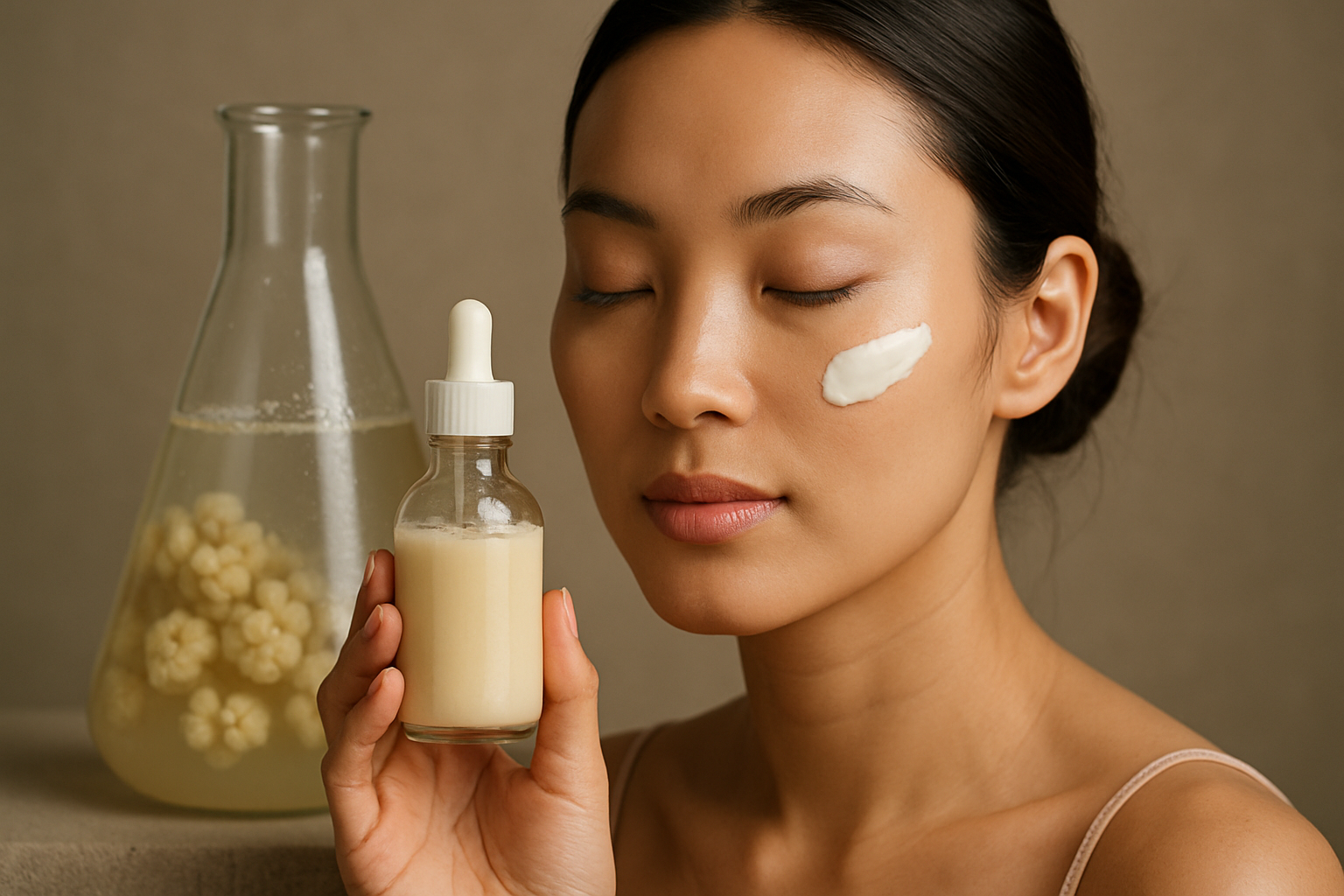The Art and Science of Skincare Routines
Skincare routines have become a cornerstone of modern beauty practices, evolving from simple cleansing and moisturizing to complex, multi-step regimens. This shift reflects a growing awareness of skin health and a desire for radiant, youthful-looking skin. The skincare industry has exploded in recent years, offering an overwhelming array of products and techniques promising transformative results. From ancient beauty rituals to cutting-edge cosmeceuticals, the journey of skincare has been shaped by cultural influences, scientific advancements, and changing beauty standards. As consumers become more educated about ingredients and their effects, the approach to skincare has become increasingly personalized and sophisticated.

These historical practices laid the foundation for modern skincare, demonstrating the enduring human desire for beautiful, healthy skin. Many of the ingredients and techniques used in ancient times continue to influence contemporary skincare products and routines.
The Science Behind Modern Skincare
The 20th century saw a dramatic shift in skincare as scientific understanding of skin biology advanced. Researchers began to identify specific compounds that could affect skin health and appearance. This led to the development of active ingredients like retinoids, alpha-hydroxy acids (AHAs), and peptides, which are now staples in many skincare products.
Modern skincare is deeply rooted in scientific research, with dermatologists and cosmetic chemists working to create formulations that address specific skin concerns. The focus has shifted from merely superficial treatments to products that can influence skin at a cellular level. For example, the discovery of the role of hyaluronic acid in maintaining skin hydration has revolutionized moisturizing products.
Additionally, advancements in technology have allowed for more precise delivery systems, ensuring that active ingredients can penetrate the skin effectively. Nanotechnology, for instance, has enabled the creation of microscopic particles that can carry beneficial compounds deeper into the skin.
The Rise of Multi-Step Routines
One of the most significant trends in modern skincare is the popularity of multi-step routines. This approach, which originated in South Korea, typically involves a series of products applied in a specific order to maximize their effectiveness. A typical Korean skincare routine might include up to 10 steps, including double cleansing, toning, essence, serum, sheet mask, eye cream, and multiple moisturizing layers.
The concept of layering products has gained global popularity, with beauty enthusiasts around the world adopting and adapting these extensive routines. This trend has led to a proliferation of product categories, each designed to address specific skin concerns or fulfill particular functions within the routine.
While some critics argue that such elaborate routines are unnecessary or even potentially harmful, proponents believe that the multi-step approach allows for a more comprehensive and tailored skincare regimen. The key, according to experts, is to understand one’s skin type and concerns and to choose products accordingly.
Personalization and the Skincare Revolution
As consumers become more knowledgeable about skincare, there’s a growing demand for personalized solutions. The one-size-fits-all approach is being replaced by customized routines that take into account individual skin types, concerns, and even genetic factors.
Advances in technology are facilitating this trend towards personalization. AI-powered skin analysis tools can now assess skin condition and recommend tailored product regimens. Some companies offer DNA testing to provide skincare recommendations based on genetic predispositions to certain skin issues.
This shift towards personalization reflects a broader trend in healthcare and wellness, where individualized approaches are increasingly valued. In skincare, this means moving beyond broad categories like “oily” or “dry” skin to a more nuanced understanding of each person’s unique skin profile.
The Impact of Clean and Sustainable Beauty
In recent years, there has been a significant movement towards “clean” beauty, with consumers demanding products free from potentially harmful ingredients. This has led to the rise of natural and organic skincare brands, as well as increased transparency from established companies about their ingredient sourcing and formulation processes.
Sustainability has also become a key concern in the skincare industry. Consumers are increasingly aware of the environmental impact of their beauty routines, leading to innovations in packaging, ingredient sourcing, and product formulation. Water-free products, refillable containers, and biodegradable packaging are just a few examples of how the industry is responding to these concerns.
The clean beauty movement has also sparked debates about the safety and efficacy of certain ingredients, leading to more rigorous testing and regulation in many countries. While the definition of “clean” beauty remains somewhat subjective, the trend has undoubtedly influenced product development and marketing strategies across the industry.
The Future of Skincare: Emerging Trends and Technologies
As we look to the future of skincare, several exciting trends and technologies are emerging. Microbiome-focused skincare, which aims to support the skin’s natural ecosystem of beneficial bacteria, is gaining traction. Products that protect against digital aging - the effects of blue light from electronic devices - are also on the rise.
Advances in bioengineering are opening up new possibilities for skincare. Lab-grown collagen and other proteins could provide more sustainable and effective alternatives to traditional anti-aging ingredients. Meanwhile, 3D-printed face masks tailored to individual facial contours represent the next frontier in personalized skincare.
The integration of technology into skincare routines is likely to continue, with smart mirrors that can analyze skin condition and apps that track skincare progress becoming more sophisticated. As our understanding of skin biology deepens and technology advances, the future of skincare promises even more targeted, effective, and personalized solutions.
In conclusion, the world of skincare has come a long way from its ancient roots, evolving into a complex interplay of science, technology, and consumer preferences. As we continue to learn more about skin health and the factors that influence it, skincare routines will undoubtedly continue to evolve, offering new ways to achieve healthy, radiant skin.





